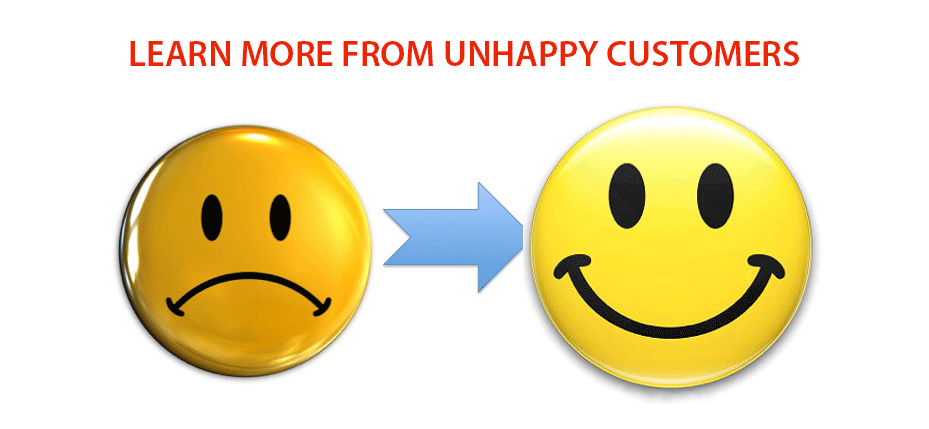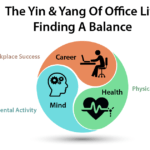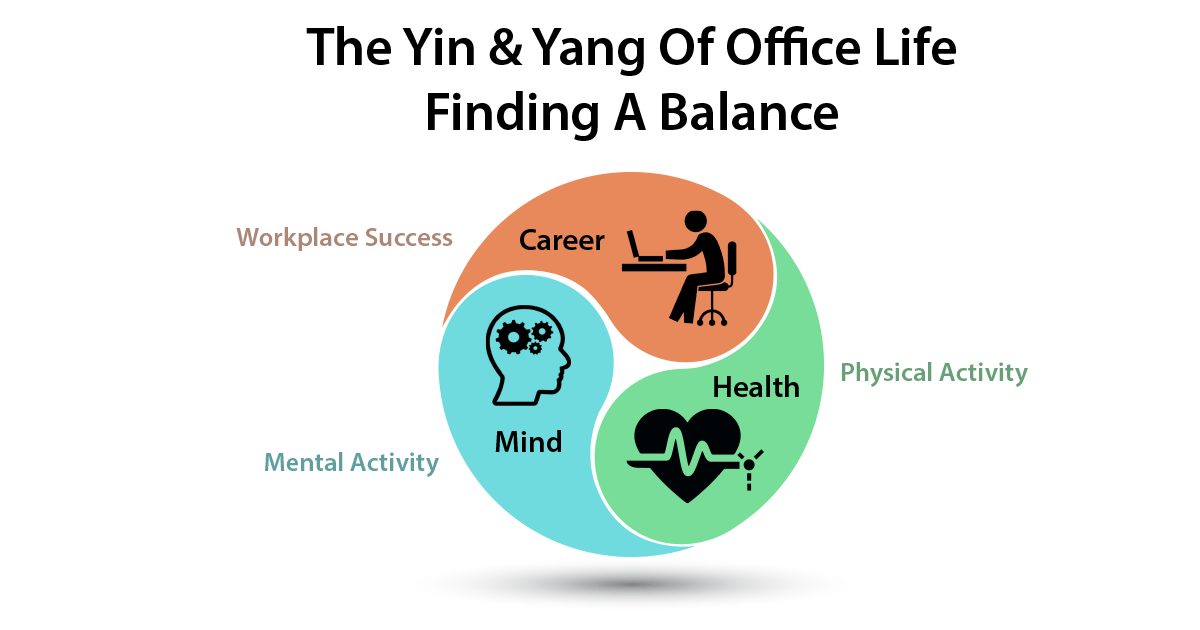
You Learn More From Angry Customers Than Happy Ones
Your customers are the lifeblood of your business. Their needs and wants impact every aspect of your organization, from product development, sales, distribution, and customer service. This means we need to constantly learn from our customers, and adapt our strategies based on what we’ve learned.
Forrester Research calls this philosophy being “Customer Obsessed.” They describe what is at stake for businesses who don’t take this path: “Simply put, customers expect consistent and high-value in-person and digital experiences. They don’t care if building these experiences is hard or requires a complex, multifunction approach from across your business. They want immediate value and will go elsewhere if you can’t provide it.”
If you think about how we learn from our customers, it is often the negative experiences that provide the most valuable feedback. Customer feedback is a valuable measurement of our performance, and it helps us learn what is needed to improve our organization. When evaluating input from our customers, helping the unhappy customers and managing the negative feedback is more important than focusing on the good. A positive review will most likely emphasize what we’re already doing well. Negative feedback helps us know where we need to improve. I am not suggesting that we dwell on the bad or become obsessed with the negative. However, we should view the difficult situations as the most valuable learning opportunities.
If you want to learn how to improve your business, develop a “customer-obsessed” culture. You built your business for your customers, including the unhappy ones. The most valuable thing you can do is leverage the negative feedback and criticism, and turn it into valuable information.
Here are 7 steps that will help you learn from an unhappy customer
Step 1. Put yourself into a customer service mindset
Set aside any personal feelings and realize the situation isn’t your fault. You shouldn’t internalize unfair criticism.
Tip: Remain calm. If a customer starts yelling or being otherwise rude, there is nothing gained by responding similarly. Remember, you want to learn from the experience, not escalate it.
Step 2. Listen Actively
The most important step is to listen to your customer. Often this is all it will take to smooth out a situation. Your customer wants to be heard, and to air their grievances. Once they feel like they have voiced their concern, the situation will often begin to calm and correct itself. Give them a chance to vent and express their criticism. We all want to feel like someone is listening.
Tip: There is power in a name. Use the customer’s name throughout the conversation. They are not a number or “the caller.” They are a person with a name. Using the customer’s name can make them feel like you’ve known them for years. For example, saying “I am sorry ma’am” has far less impact than saying “I’m sorry Janet.” Remember, you are speaking with a real person, not a “ma’am.”
Step 3. Repeat their concerns
Once the customer has explained why they are upset or conveyed their criticism, repeat the information. This simple communication technique shows the customer that they have your undivided attention and that you genuinely value what they have to say.
Tip: Use a calm voice and restate the customers wording. For example, you could say “As I understand it, you are, quite rightly, upset because you didn’t receive the product that you ordered.”
Step 4. Be Empathetic and Apologize
Once you are sure you understand your customer’s concerns, be empathetic.
Tip: Smile when you talk. I’ve heard of companies that place mirrors on their customer service desks. This allows the customer service employee to look at themselves while helping others. Using a pleasant expression immediately helps your voice convey friendliness and openness. Staying straight-faced, on the other hand, removes the kindness from your voice.
Step 5. Present a Solution
If you know what will correct the situation, tell the customer how you will proceed. Presenting a solution will lead to the resolution. If you do not know how to correct the solution or what the client wants from you, get more information from the customer. For example, you could say “if my solution doesn’t work for you, I’d love to hear what will make you happy. We can work on another solution together.”
Tip: Know your audience. You will connect with your customer if you adapt your tone, knowledge, and speech patterns to the person you’re talking to. Some customers have a high technical understanding and some need high-level explanations. Some need extra reassurance, and others don’t want to waste time. Mirroring their personality can help you connect. They will feel more like you understand what they’re saying, allowing them to feel more open to your assistance.
Step 6. Resolve the situation and Follow up
Once you’ve both agreed on a resolution, take immediate action. Don’t wait and let the situation get worse. It shows the customer respect if you make the situation a priority. Once the situation is resolved, follow up with the customer.
Tip: You can build a lasting relationship with a customer if you simply check in a few days after the situation has been resolved. If handled correctly, you can turn a negative situation into a positive experience.
Step 7. Learn from the situation
The last step is to reduce the risk of the situation happening again. Identify how the problem occurred and fix it immediately.
Tip: Collaborate with your colleagues. Talk about the situation and how it was resolved. Watch for recurring or similar situations. Customer service can feel very solitary. Working as a team can help reduce stress and improve the overall experience. Your team should establish best practices and strive for continued improvement.
The general rule-of-thumb for managing upset customers; treat your customers how you want to be treated. Provide your customer with the experience that you want and expect as a consumer. They are your customer, take care of them so they will want to come back.
Talking with a dissatisfied customer is never easy, But if you handle the situation well, you may even be able to improve your relationship and create further opportunities. Remember, you want to learn from the negative experiences. Even the negative experiences have value. You will learn more from angry customers than happy ones.









